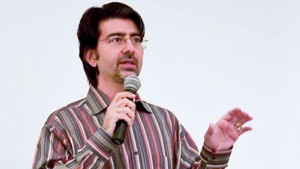By SHAI FOX SAVARIAU
There is an argument going on right now about whether or not press regulation in the United Kingdom is going to destroy journalism or actually prevent journalists from abusing their jobs.
Supporters of the charter say that the press in the UK has failed in self-regulation and that this new charter will be the answer in keeping journalists in check. The charter includes a number of penalties for when journalists do something they’re not supposed to.
I have read that some people think this charter is a blessing in disguise because it is the best way to keep the government fully off the press’ back. It is a shield that is preventing a full regulation that could for sure affect how journalists do their job.
But many journalists in the UK are angry. There is a battle between the journalists who are for and against the charter. There are some who see it as a compromise with the government, but the others are very angry because they were the ones who were involved in implementing it, instead of stopping it.
I think this is in a way a violation to freedom of the press. Journalists have always had the right to regulate themselves. I understand, however, why they are implementing a charter to regulate and watch over the journalists. In 2012, the UK had incident in where multiple high profile cell phones were hacked by journalists and that is completely wrong.
After reading about this, I was also reminded of Princess Diana’s death and how the paparazzi were a big part of it. I’m sure the UK is just fed up with interference from journalists.
What needs to be watched is that the charter does not abuse their power and take things too far by implementing laws that really do violate journalists’ freedoms. So far it’s borderline, but it can easily be taken to another level.
I also have to wonder if other countries will take a similar route. What if it becomes a domino effect? The U.S. could be next. There could be a charter here as well regulating the press. The UK has always been known to set a standard. Perhaps this is just the beginning. This could possibly be the future for ALL of journalism around the globe.


